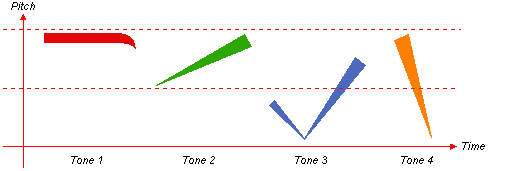| 传说 | chuán shuō | legend / folk tale / to repeat from mouth to mouth / they say that... |   |
| 神话 | shén huà | legend / fairy tale / myth / mythology |  |
| 图例 | tú lì | legend (of a map, etc) / diagram / illustration / graphical symbol |  |
| 传奇人物 | chuán qí rén wù | legendary person / legend (i.e. person) |  |
| 名宿 | míng sù | renowned senior figure / luminary / legend (in academia, sport etc) |  |
| 相传 | xiāng chuán | to pass on / to hand down / tradition has it that ... / according to legend |   |
| 民间传说 | mín jiān chuán shuō | popular tradition / folk legend |  |
| 火焰山 | huǒ yàn shān | Mountain of Flames of legend / fig. insurmountable obstacle / Mountain of Flames in Turpan depression in Xinjiang |  |
| 红灯记 | Hóng dēng jì | The Legend of the Red Lantern |  |
| 塞尔达 | Sài ěr dá | Zelda (in Legend of Zelda video game) |  |
| 萨尔达 | Sà ěr dá | Zelda (in Legend of Zelda video game) (Tw, HK, Macau) |  |
| 三皇五帝 | sān huáng wǔ dì | three sovereigns 三皇[san1 huang2] and five emperors 五帝[wu3 di4] of myth and legend / the earliest system of Chinese historiography |  |
| 都会传奇 | dū huì chuán qí | urban legend (translation of recent Western term) / story or theory circulated as true / same as 都市傳奇|都市传奇 |  |
| 黄鹤楼 | Huáng hè Lóu | Yellow Crane Tower in Wuhan City, built in 223, burnt down in 1884, rebuilt in 1985 / favored place of poet sages, who in legend arrived riding golden cranes / Tang poem by Cui Hao 崔顥|崔颢[Cui1 Hao4], with theme 'the past will never return' / one of three famous pagodas in China along with Yueyang Tower 岳陽樓|岳阳楼[Yue4 yang2 Lou2] in Yueyang, north Hunan, and Tengwang Tower 滕王閣|滕王阁[Teng2 wang2 Ge2] in Nanchang, Jiangxi |  |
| 不周山 | Bù zhōu Shān | Buzhou Mountain, a mountain from Chinese legend |  |
| 射雕英雄传 | Shè Diāo Yīng xióng Zhuàn | Legend of the Condor Heroes, wuxia (武俠|武侠[wu3 xia2], martial arts chivalry) novel by Jin Yong 金庸[Jin1 Yong1] and its screen adaptations |  |
| 都市传奇 | dū shì chuán qí | urban legend (translation of recent Western term) / story or theory circulated as true / same as 都會傳奇|都会传奇 |  |
| 湘妃竹 | xiāng fēi zhú | same as 斑竹[ban1 zhu2], mottled bamboo, since according to legend the spots on mottled bamboo are marks left by the tears shed by two of King Shun's 舜[Shun4] concubines (Ehuang 娥皇[E2 huang2] and Nüying 女英[Nu:3 ying1], known as the Concubines of the Xiang 湘妃[Xiang1 Fei1]) upon learning of his death |  |

























